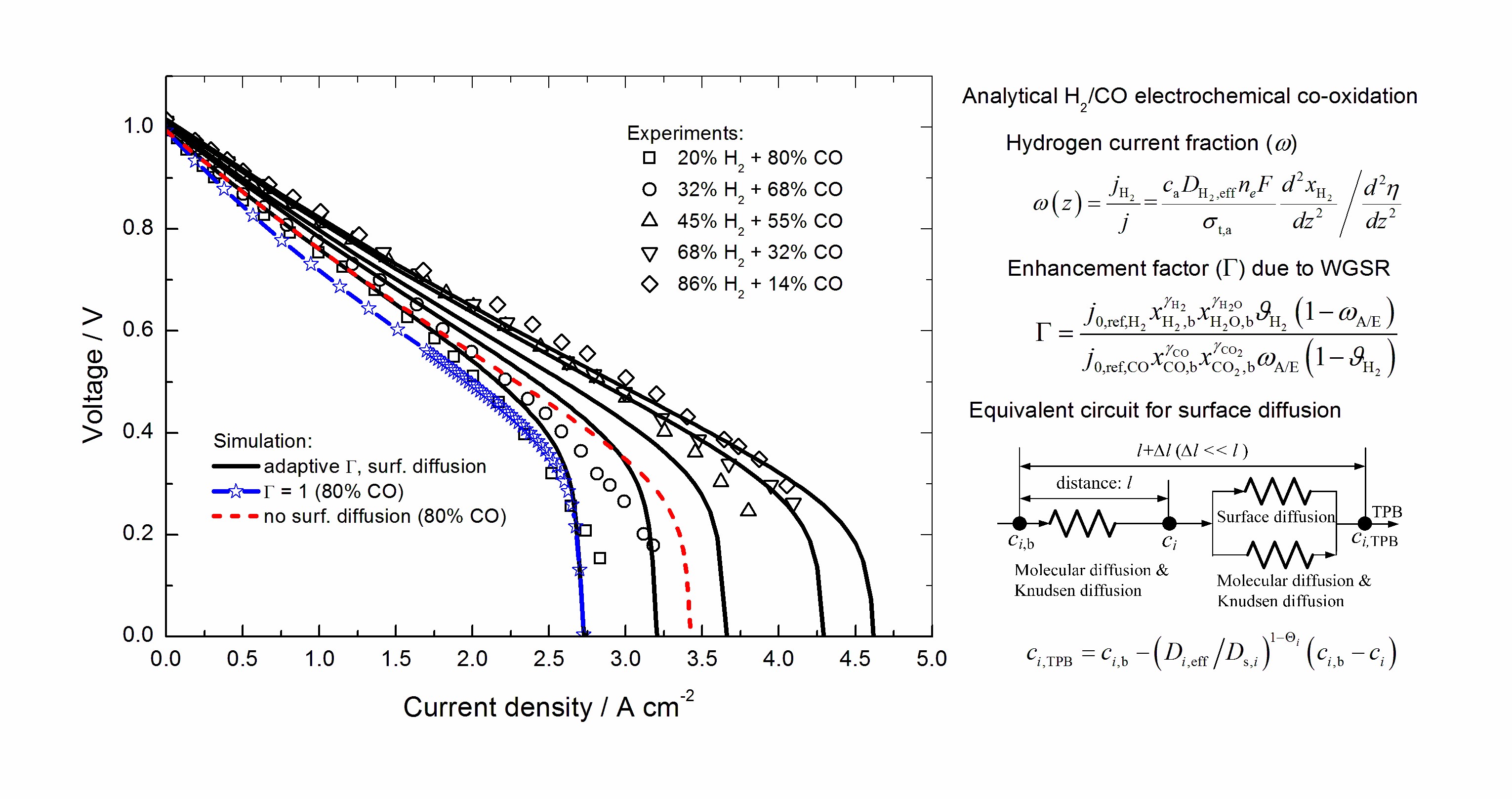
首页 > News & Notices > News
Associate Professor Bao Cheng's research team at the School of Energy and Environmental Engineering publishes high-level papers at PECS
In 2018, Professor Cheng Bao leading his group in School of Energy and Environmental engineering of University of Science and Technology Beijing, made a high-level publication titled ‘Macroscopic modeling of solid oxide fuel cell (SOFC) and model-based control of SOFC and gas turbine hybrid system’ (https://doi.org/10.1016/j.pecs.2017.12.002) on Progress in Energy and Combustion Science (PECS), a top journal of Elsevier publishing group. PECS is one of the academic journals with the highest impact factor (IF: 25.242) in the field of energy and power engineering, with only about 20 articles published each year. According to incomplete statistics, since the journal was founded in 1975, only about 30 papers have been published by Chinese scientific research institutions as the first or corresponding author.
In addition to high energy efficiency and considerable fuel flexibility, the advantage of high-quality exhaust energy of solid oxide fuel cells (SOFC) allows it to be combined with gas turbines (GT) to form a SOFC/GT hybrid generation system, which is considered as one of the most promising ways of energy conversion and utilization and the combination of SOFC and integrated coal gasification combined cycle can further optimize China’s poly-generation energy strategy.
Modeling and simulation play a significant role in the development of SOFC relevant science and technology, in which the macroscopic modeling is essential for fundamental and engineering application. This article made a comprehensive review on the state of the art of macro-scale SOFC models and model-based control of the SOFC/GT hybrid system. Some key topics on macroscopic modeling of electrochemistry and transport in SOFCs were firstly focused, which include multicomponent mass transfer in porous electrode, global and elementary kinetics of internal reforming, radiative heat transfer, volume-/area-specific modeling framework, H2/CO competitive electrochemistry, surface diffusion, and physics-based electrochemical impedance spectra (EIS) calculation and methodology of impedance analysis. Then representative macroscopic SOFC models along the classification in different dimensions, and commonly used models of balancing units of the hybrid system were summarized. Among them, the transient models were paid much attention. With regard to the hybrid system, the off-design and part-load performance, load-following characteristics, control strategies and decentralized/centralized controllers were especially investigated. Some useful data have been sorted out in tabular form for easy access. Some of the specific work of Prof. Cheng Bao were also introduced herein, including analytical solutions of decoupled mass/charge transfer (hybrid approach of power law and perturbation method), efficient 1D+1D thermo-electrochemical computation, nonlinear relationship between volume-/area-specific exchange current densities, diffusion equivalent circuit model for surface diffusion (cf. Figure 1), detailed radiant model based on analytical view factor models, nonlinear and adaptive superposition rate of global H2/CO electrochemical kinetics (cf. Figure 1), and in-house multi-level simulation platform for natural gas internal reforming (IR-) SOFC/GT system, which was award 2010 PSE Model-based Innovation Prize Runner-up(https://www.psenterprise.com/sectors/academic/mbi-prize/mbi-results-previous). Some perspectives on the advanced models and model-based control of SOFCs and related energy system were finally presented.

Figure 1 Comparison between simulated syngas-fuel V-I curves by nonlinear and linear superposition rates of H2 and CO electrochemistry, and validated by Jiang and Virkar’s experiments (J. Electrochem. Soc., 2003, 150(7): A942). At low inlet H2 concentration (20% H2−80% CO), the state-of-the-art linear superposition of H2 and CO electrochemistry (i.e. Γ = 1) leads to an under-estimation of kinetics, as Γ > 1 holds generally in order of 102−103. Defining the variable of Γ as ‘enhancement factor’ and depicting its analytical expression, the nonlinear and adaptive superposition rate of global H2/CO electrochemical kinetic model creates a fully new explanation of enhancement of CO electrochemistry in H2/CO hybrid-fuel atmosphere. Based on the serially-connected diffusion equivalent circuit model at high fuel utilization, the mechanism of competitive absorption and surface diffusion was introduced to make good predictions in full range of operation and avoid the widely-used approach of correcting effective diffusivities with variable porosity/tortuosity ratio.
The work was supported by the Natural Science Foundation of China [grant number 51976009 and 51606008] and the Beijing Science and Technology Project [grant number Z181100004518004].
Paper link: https://www.sciencedirect.com/science/article/pii/S0360128517300394